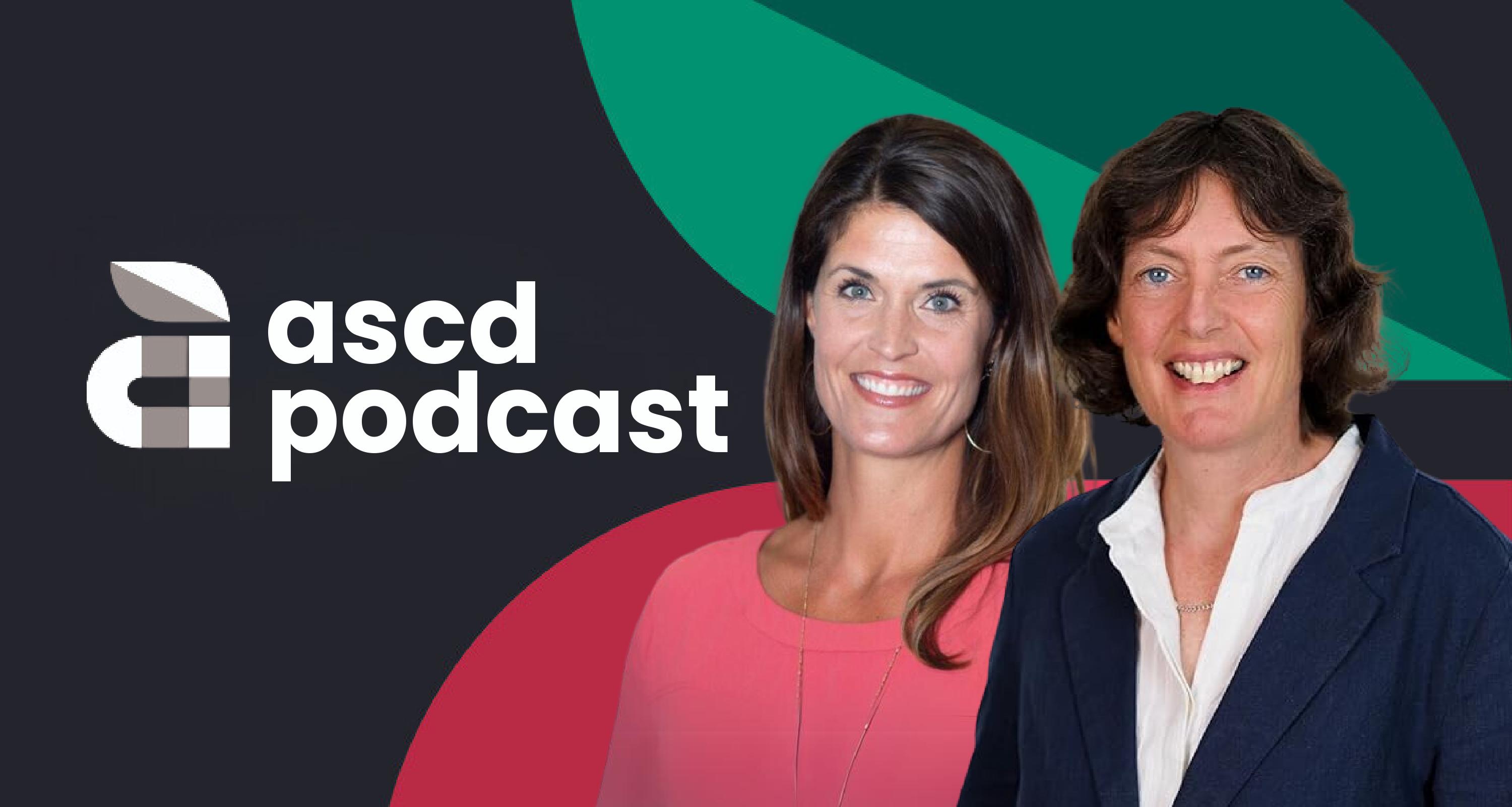Leading schools is a tough job. Momentous responsibilities coupled with unpredictable challenges fuel frequent turnover. That’s why it behooves districts to prioritize ongoing support and development for principals and other school leadership roles, regardless of what stage of the leadership continuum individuals are in.
That was the message delivered by school leadership experts Ann Cunningham-Morris and Phyllis Pajardo in a popular session at ASCD’s annual conference in Chicago last month. Cunningham-Morris and Pajardo, coauthors of The Principal Influence: A Framework for Developing Leadership Capacity in Principals (ASCD, 2016), have implemented their leadership development approach in school districts across the country.
In their session, Cunningham-Morris and Pajardo focused on the ASCD Leadership Development Framework, first developed in 2008 and applied in their book alongside their own tools and reflection practices. The research-based framework identifies the core characteristics, knowledge, and skills of effective instructional leadership to support leader growth at the school and district level.
“The use of this framework is not just for principals—it’s for [every educator’s] leadership growth,” said Cunningham-Morris. “Too often we focus on what our deficits are as a profession. Instead, we should focus on what our strengths are and how we use them to uplift the areas of challenge that we have.”
Developing Leadership Practices
Good leadership starts with educators’ own learning about how they can develop as leaders, Cunningham-Morris and Pajardo told the audience. The ASCD framework for strong leadership development at every stage is oriented around four important roles that leaders play. These roles can provide clear targets to current and future leaders, as well as those who support them, for actions that will most support instructional leadership, they said.
The Principal Influence Leadership Development Framework
1. Principal as Visionary: This role is all about how a leader collaboratively creates a vision and aligns practices, processes, and programs to the realization of that vision. This includes articulating, communicating, and leading the collaborative implementation and ongoing revision of the school’s mission and vision; and aligning and basing all decisions, practices, policies, and resources (e.g., human capital, time, budgetary, and facilities) on the school’s mission and vision.
2. Principal as Instructional Leader: This role focuses on providing differentiated feedback, supervision, and evaluation of staff; building both collective and individual capacity through professional learning communities, coaching, and supervision; and aligning research-based practices to instruction.
3. Principal as Engager: In this role, leaders embody an “unwavering commitment” to the whole child, said Pajardo, strengthening social-emotional learning and wellness. They engage all stakeholders, including the business community and caregivers, around supporting that mission.
4. Principal as Learner and Collaborator: In this role, leaders purposefully tend to the professional learning of both themselves and their staff, such as facilitating job-embedded PD, nurturing distributed leadership, and modeling reflective practices.
There are two pathways of support for utilizing the framework and imbuing these qualities, Cunningham-Morris told the audience. The first is individual professional growth and chances to apply that learning in real life, where leaders create their own plans and execute them to bolster the practices, structures, and processes essential for their development in each of the four roles.
The second is a systems-level pathway for leadership—applying the framework’s content to district-wide approaches like development programs and district succession planning. This approach focuses on developing aspiring leaders, matching principals’ skills to their assignments, and planning transitions during leadership changes.
Such visibility around leadership positions gives aspiring leaders a more accurate picture of what the job requires.
Making Reflection Central
“We know that the more reflective you are, the more effective you are,” said Cunningham-Morris, stressing the practice of ongoing self-reflection as a helpful piece of utilizing the framework. If leaders don’t take the time to ask themselves questions, “they’ll end up making the same mistakes over and over.”
The presenters suggested continuously reflecting on three questions: Where am I now? Where am I going? How am I going to get there?
One way to guide reflection is to think about it as a cycle to revisit, Cunningham-Morris and Pajardo said. Each area of reflection includes questions to ponder (see fig. 1).
Figure 1: The Reflective Cycle for Leaders
Source: Hall, P. A., Cunningham-Morris, A., Childs-Bowen, D., Pajardo, P., & Simeral, A. A. (2016). The principal influence: A framework for developing leadership capacity in principals. ASCD.
For example, “the ability to accurately assess” refers to how well leaders can assess their own leadership actions: What’s the evidence that the decisions I’m making and the actions I’m taking are actually impacting students, staff, and community?
When Pajardo became a principal, she told attendees, she “had to have focus groups with staff regularly to get feedback on how [her] actions were impacting them,” she said. “I can’t just assume; I need to ask.”
Differentiation for the Job
The leadership pipeline is going to look different depending on each district’s context. The authors ended the session by reminding educators that they don’t have to start this work from scratch—there are framework tools and PD resources schools can adapt to develop a well-rounded leadership pipeline that grows and tends to leaders in all areas of the district.
“Choice is the key to differentiation,” said Cunningham-Morris. “It’s not one-size-fits-all. People are growing in different areas, have different needs, and can choose how they want to move forward with their leadership plans.”
Ann Cunningham-Morris and Phyllis Pajardo (@drphyllpajardo) are the coauthors of The Principal Influence: A Framework for Developing Leadership Capacity in Principals (ASCD, 2016) alongside Pete Hall, Deborah Childs-Bowen, and Alisa Simeral. To catch their session at the ASCD Virtual Annual Conference, April 20–22, 2022, register here.








